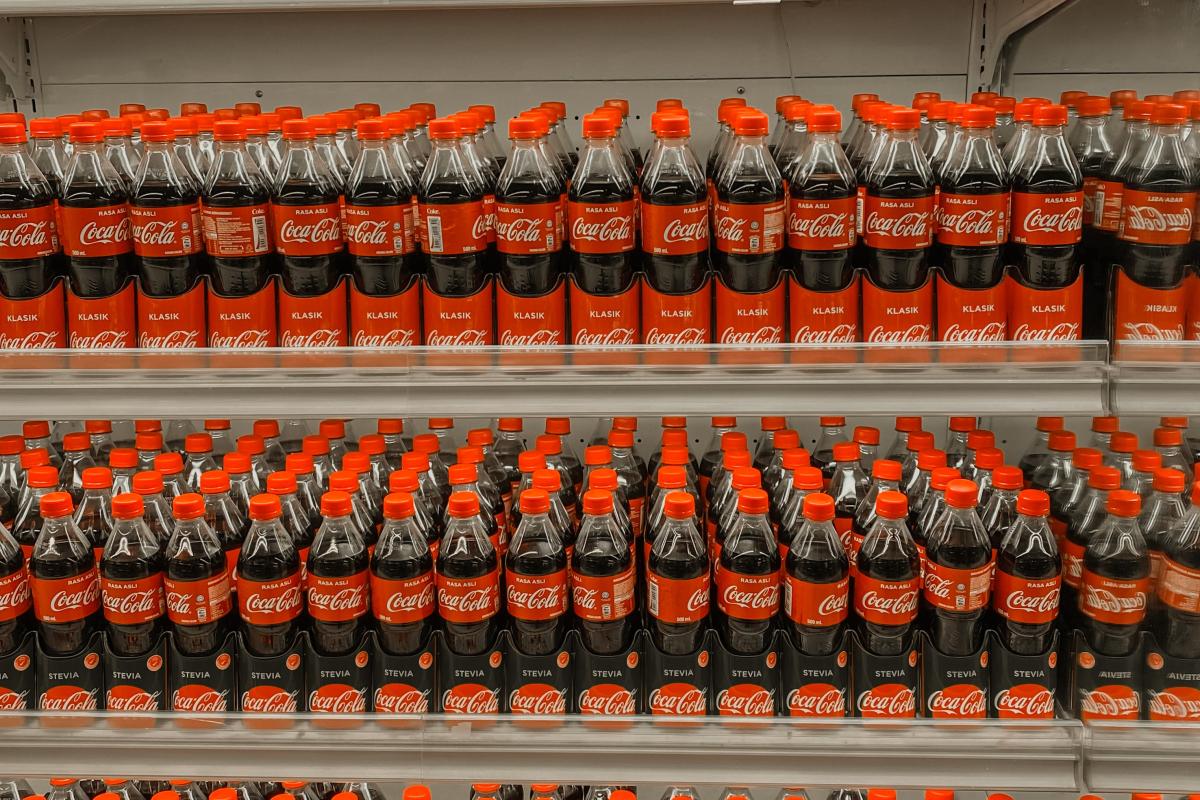One of the great strokes of luck in my life was working with Stephen King. He had an astonishing ability to cut through the chunter and see things with a simplicity and clarity that made it possible to understand not only what the issue really was but also how to do something practical about it.
For the past 10 years or so, I’ve been puzzling about this unsatisfactory word ‘digital’ – and since his death in 2006, feeling deprived of Stephen’s incisive guidance. I’ve now belatedly come to realise that a Stephen King analysis of digital advertising’s strengths and weaknesses exists posthumously. He first revealed it at a Market Research Society conference more than 38 years ago.
In the last issue of Market Leader (September 2013) there was an exceptionally important piece by Les Binet and Peter Field entitled Brand Success in the Digital Age. Building on their equally important IPA book, The Long and the Short of it (1), itself based on an analysis of 1000 effectiveness case studies from the IPA DataBank, Binet and Field convincingly demonstrate two overlapping truths: the fundamental difference between achieving short-term and long-term brand objectives; and the very different roles that online and offline media play in achieving them.
To quote one early paragraph: 'What the digital apostles may be unaware of is that the kinds of strategies and channel choices most likely to drive short-term business results are very different from those that are most likely to lead to long-term business success and, in particular, profitability.'
There is a bewitching immediacy about online advertising. A punter clicks on confirm, and at once a sale is made and is known to have been made. Lord Leverhulme would have been a happy man. No waste and no waiting. Clients no longer have to endure their agency burbling on about the slow accumulation of brand equity and why no measurable sales movement should be expected for at least two years: they get exactly what they paid for – and they get it now.
And it was that emphasis on immediacy that prompted me to return to Stephen King’s 1975 MRS paper, called Practical Progress from a Theory of Advertisements.
It’s included in A Master Class in Brand Planning: The Timeless Works of Stephen King (2); and an excellent 2007 introduction by Simon Clemmow starts like this: 'The scope of this article is astonishing. In just six pages, it made an important distinction between advertisements and advertising; it dealt with response rather than stimulus in considering how advertising worked; it created a simple and practical framework for identifying and defining the role of advertising; and it showed how advertising research could be better used.'
The ‘simple and practical framework’ that Stephen proposed was what he called A Scale of Immediacy. He takes us from the most immediate role – direct response – through five other stages, each less direct, less immediate, than its predecessor. He labels them: Seek information; Relate to own needs, wants, desires; Recall satisfactions; Modify attitudes; Reinforce attitudes.
And it seemed to me, when reading Binet and Field, that there was an uncanny fit between their discoveries from the IPA DataBank of the relative merits of today’s available media and King’s Scale of Immediacy. Again, I oversimplify, but the higher up the scale, the more likely digital channels are to be effective; and as we descend the scale, so offline media increasingly come into their own.
The most mysterious role for advertising, of course, remains the least immediate, the least direct: reinforcing attitudes. As a phrase, this is neither evocative nor inspiring and King later expands it: 'If advertising is to help a brand become big, then maybe it will do its best by promoting loyalism – a greater intensity of affection.'
I think we’re all still struggling to find exactly the right words to define this all-important role for advertising. James Webb Young favoured the creation of familiarity. The meticulous Andrew Ehrenberg called it salience, which, though accurate, lacks emotional firepower. I’ve long encouraged the thought of brand fame, which I think gets a little closer but is still imperfect. For instance, Binet and Field say: 'The greatest benefit of brand fame is price elasticity; consumers are particularly prepared to pay more for brands that everyone is talking about.' But the curious truth about enduringly famous brands is that they may rarely be talked about. True brand fame is not Andy Warhol fame; it’s a kind of permanent, taken for granted, ‘of course everybody knows about Coca-Cola’ fame.
Though we may still not be sure what to call it, we continue to know its value. And thanks to Les Binet and Peter Field, we can be a lot more certain, in this digital age, which are the channels most able to create it; and just as importantly, which are not.
References: (1) Les Binet, Peter Field: The Long and the Short of it, IPA, 2013 (2) Judie Lannon, Merry Baskin (editors): A Master Class in Brand Planning: The Timeless Works of Stephen King, 2007
Taken from the January 2014 issue of Market Leader. Browse the archive here.
